MetaDAO Complete Guide 2025: Decentralized Governance Revolution Based on Prediction Markets
1. What is MetaDAO?
1.1 Core Definition
1.2 Concept of Futarchy
- Values are collectively established by the community (e.g., "maximize token value" or "accelerate network growth").
- Decision-making tools are determined by predicting the market, and market participants bet real money on which proposal will better achieve established values.
- The enforcement mechanism is automatic: if the market predicts that a proposal will bring better results, the proposal is automatically passed and executed.
- Incentive Alignment: Participants profit only through accurate predictions, encouraging rational analysis over emotional voting
- Information Aggregation: Market prices efficiently consolidate distributed knowledge and expertise
- Reduced Political Maneuvering: Decisions stem from economic projections rather than political alliances or lobbying efforts
- Enhanced Efficiency: Automated execution minimizes governance friction
1.3 MetaDAO's Unique Value Proposition
1.4 Application Scenarios
- Protocol Parameter Optimization: Market-predicted optimal rates, reward ratios, and other critical parameter configurations
- Capital Allocation Decisions: Market assessment of which investments or funded projects will generate maximum returns
- Technology Route Selection: Market-based evaluation of the most valuable paths among multiple options
- Partnership Selection: Assessing various strategic partnerships' potential impact on project value
- Crisis Response: Rapid, market-supported decision-making during critical situations
2. Core Mechanisms of MetaDAO
2.1 Prediction Market Operations
Any user holding sufficient META tokens can submit a proposal that clearly specifies:
- Implementation details (e.g., "reducing transaction fees from 0.3% to 0.25%")
- Success metrics (e.g., "META token price after 30 days")
- Market analysis parameters
The system establishes two distinct prediction markets for each proposal:
- PASS Market: Predicts future indicator values if the proposal is implemented
- FAIL Market: Predicts future indicator values if the proposal is rejected
Participants engage in market trading based on their analysis:
- Those believing the proposal will enhance outcomes purchase in the PASS market
- Those believing the proposal will prove detrimental purchase in the FAIL market
- Market prices dynamically reflect collective expectations
When the trading period concludes:
- If PASS market price exceeds FAIL market price: the proposal automatically activates
- If FAIL market price exceeds PASS market price: the proposal is rejected
- The magnitude of the price differential indicates market confidence in the outcome
Following proposal execution, the system observes outcomes through a predetermined period (e.g., 30 days) before settling based on actual results:
- Correct predictors receive profits
- Incorrect predictors lose principal
- The system automatically distributes profits and losses
2.2 Conditional Token Mechanism
- When proposals pass and results are verified, PASS token holders can redeem underlying assets plus returns
- When proposals fail, FAIL token holders can redeem the underlying collateral
- The opposing token becomes worthless
- Consistent market liquidity (through unlimited minting capability)
- Efficient price discovery (as arbitrageurs eliminate irrational price disparities)
- Transparent and equitable settlement (via automated smart contract execution)
3. META Token Economics
3.1 Token Functions
3.1.1 Governance Participation Threshold
- Proposal creation requires staking a certain META amount
- This prevents spam proposals and ensures proposers have a meaningful stake in outcomes
- Staked META remains locked throughout the proposal period, with failed proposals potentially forfeiting partial stakes
3.1.2 Prediction Market Collateral
- META serves as eligible collateral for prediction market participation
- META holders may receive fee discounts and additional benefits when participating in markets
3.1.3 Value Capture
- A portion of MetaDAO-generated revenue (including market transaction fees) flows back to META holders
- This occurs through mechanisms such as token buybacks, burns, and staking rewards
3.1.4 Ecosystem Incentives
- Rewards for early adopters, liquidity providers, and active governance participants
- Designed to attract and retain high-quality community contributors
3.2 Token Value Drivers
- Increasing proposal volume → More META staked → Reduced circulating supply
- Prediction market activity levels → Greater META collateral utilization
- Fee revenue growth → Enhanced buyback or dividend distribution
- Broader adoption of MetaDAO's governance framework → META positioning as a meta-governance token with enhanced value
- Improved prediction market accuracy → Expanded participant base → Enhanced liquidity and efficiency
- Growing interest in Futarchy concepts
- Narrative strength of governance innovation
- Broader cryptocurrency market sentiment
- Token distribution schedule
- Staking participation rates and lock-up durations
- Deflationary mechanisms (burns, etc.)
3.3 Sustainability of the Token Economy
Key challenges facing the token economy design of MetaDAO:
Long-Term Value Capture: How to ensure that META tokens continue to capture protocol value?
Inflation vs. Dilution: How to balance incentive issuance and token value protection?
4. How to Participate in MetaDAO
4.1 Acquiring META Tokens
- Available on Raydium, Orca, and other Solana ecosystem DEXs
- Requires SOL for transaction fee coverage
- Accessible through Phantom, Solflare, and other Solana-compatible wallets
- Provide liquidity in designated pools
- Earn META token rewards
- Consider impermanent loss risks before participating
4.2 Governance Participation
- Maintain the minimum required META token balance
- Submit your proposal through the MetaDAO platform
- Stake the required META tokens as collateral
- Craft a comprehensive proposal with clearly defined expected outcomes
- Await market evaluation of your proposal
- Review active proposal markets
- Evaluate each proposal's potential protocol impact
- Execute trades in either PASS or FAIL markets based on your analysis
- Generate returns through accurate predictions
- Supply liquidity to prediction markets
- Earn a share of transaction fees
- Contribute to overall market efficiency
4.3 Risk Considerations
- MetaDAO remains an experimental project with potential undiscovered vulnerabilities
- Only commit capital you can afford to lose
- META token prices may experience substantial volatility
- Prediction market participation carries potential principal loss
- The Futarchy model remains in the validation phase and may produce unexpected outcomes
- Markets could experience manipulation or exhibit irrational behavior
- Certain markets may experience liquidity constraints
- Position exits may encounter slippage
5. MetaDAO Compared to Competitors
5.1 Traditional DAOs (e.g., Uniswap, Compound)
- Well-established governance processes and substantial communities
- Widespread recognition and adoption
- Proven operational stability
- Persistently low voter participation (typically below 10%)
- Vulnerability to whale influence and control
- Decision quality is heavily dependent on voter rationality and knowledge
5.2 Other Innovative Governance Projects
- Implements a bicameral governance system combining token and citizen voting
- More conservative approach than MetaDAO, but with broader accessibility
- Continuously onboards new members through daily NFT auctions
- Maintains traditional voting mechanisms but offers more flexible funding allocation
- Minimizes voting costs while maximizing participation rates
- Still fundamentally relies on subjective opinions rather than objective predictions
FAQs:
Conclusion
Popular Articles

What is MEXC DEX+? Complete Trading Guide for DEX Aggregator
Key Takeaways:MEXC DEX+ combines centralized exchange convenience with decentralized trading access across four major blockchain networks.Trade over 10,000 tokens without managing private keys or
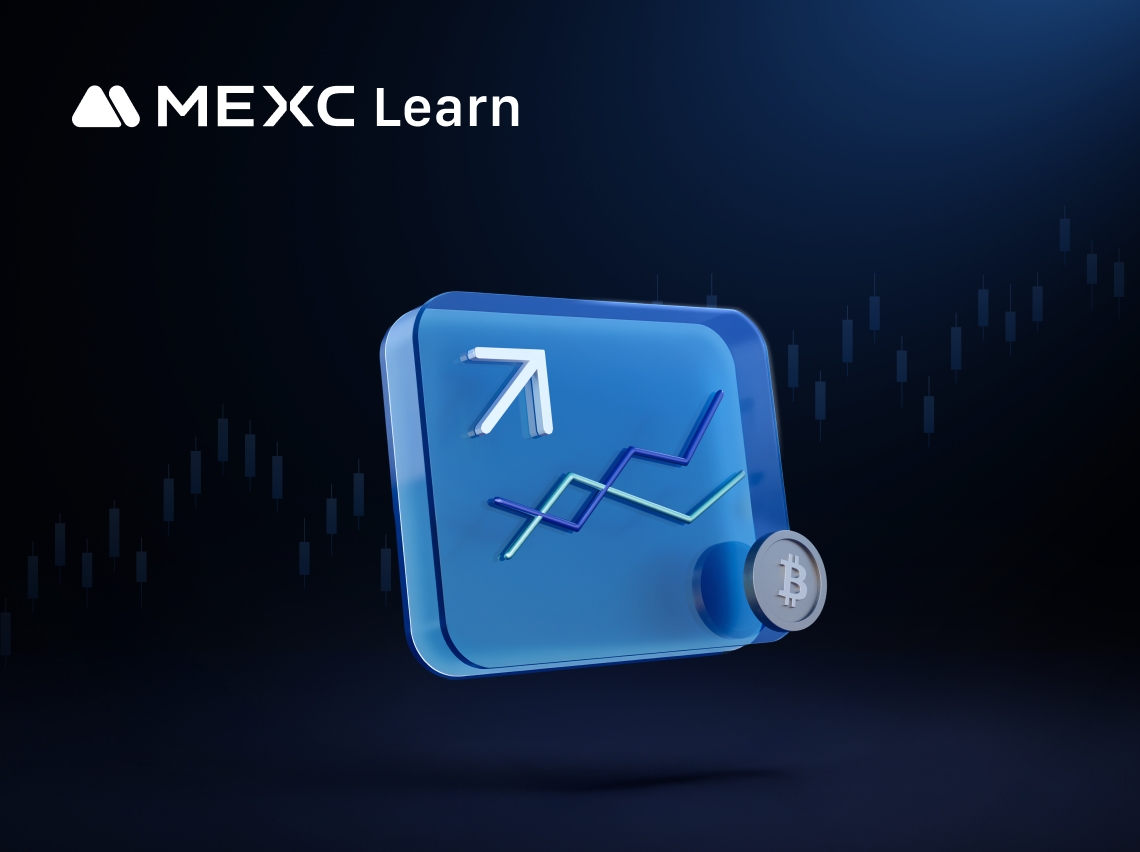
Calculation of Futures Yield and Trading Fees
When trading futures on MEXC or other major exchanges, your trading PNL is based on three components:Trading Fees: The cost incurred during the transaction.Funding Fees: Periodic settlements based on

How to Manage Sub-Accounts
1. What is a Sub-AccountUnder your MEXC account, you can set up multiple sub-accounts to assist you in your daily trading activities. For example, you can use one sub-account for spot trading and anot

MEXC New Listing Calendar: How to Check Token Listing Status & Upcoming Listings
Key TakeawaysMEXC new token listing announcements appear on the official calendar at mexc.com/newlisting with countdown timers and trading pair details.MEXC token listing requirements vary by zone, wi
Hot Crypto Updates
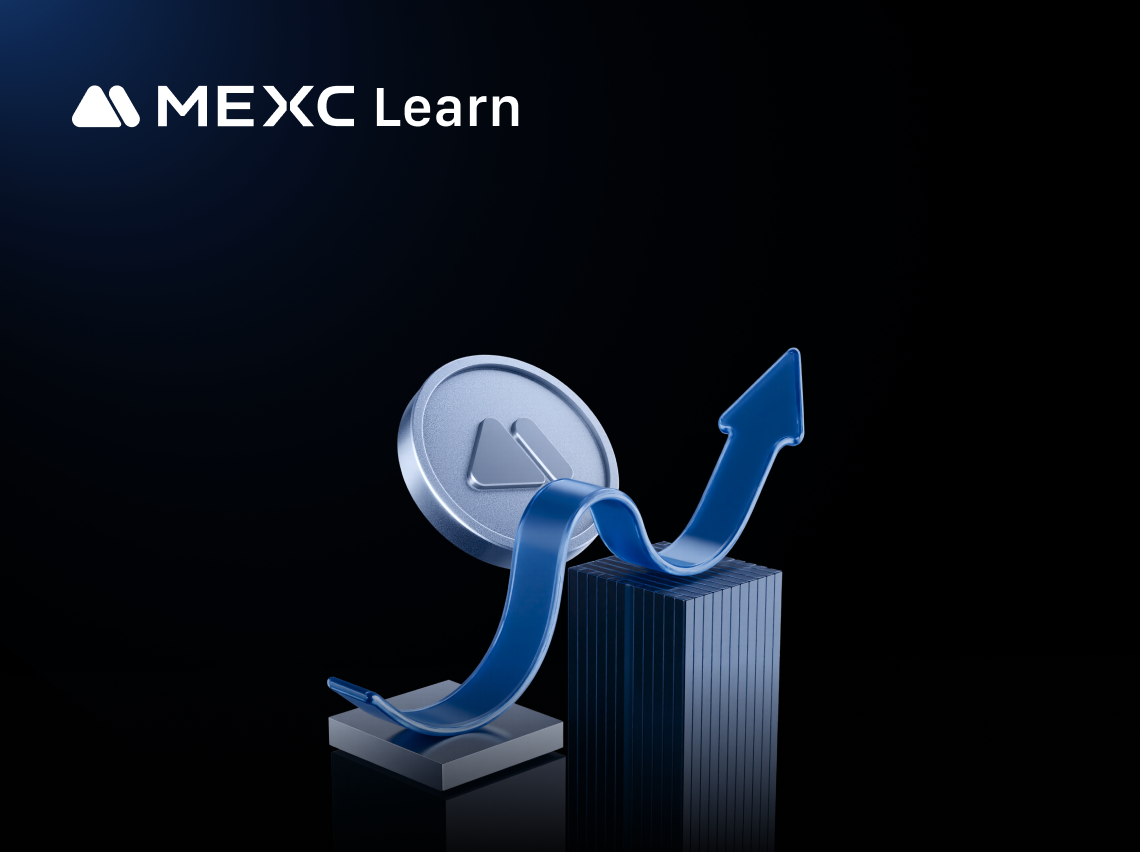
How to Buy Midnight (NIGHT) on MEXC: Complete 2026 Tutorial
Key Takeaways MEXC Exchange is the best platform to buy NIGHT tokens, offering 100% reserve guarantee and zero-fee tradingRegistering a MEXC account takes only 3-5 minutes, supporting 100+ payment met
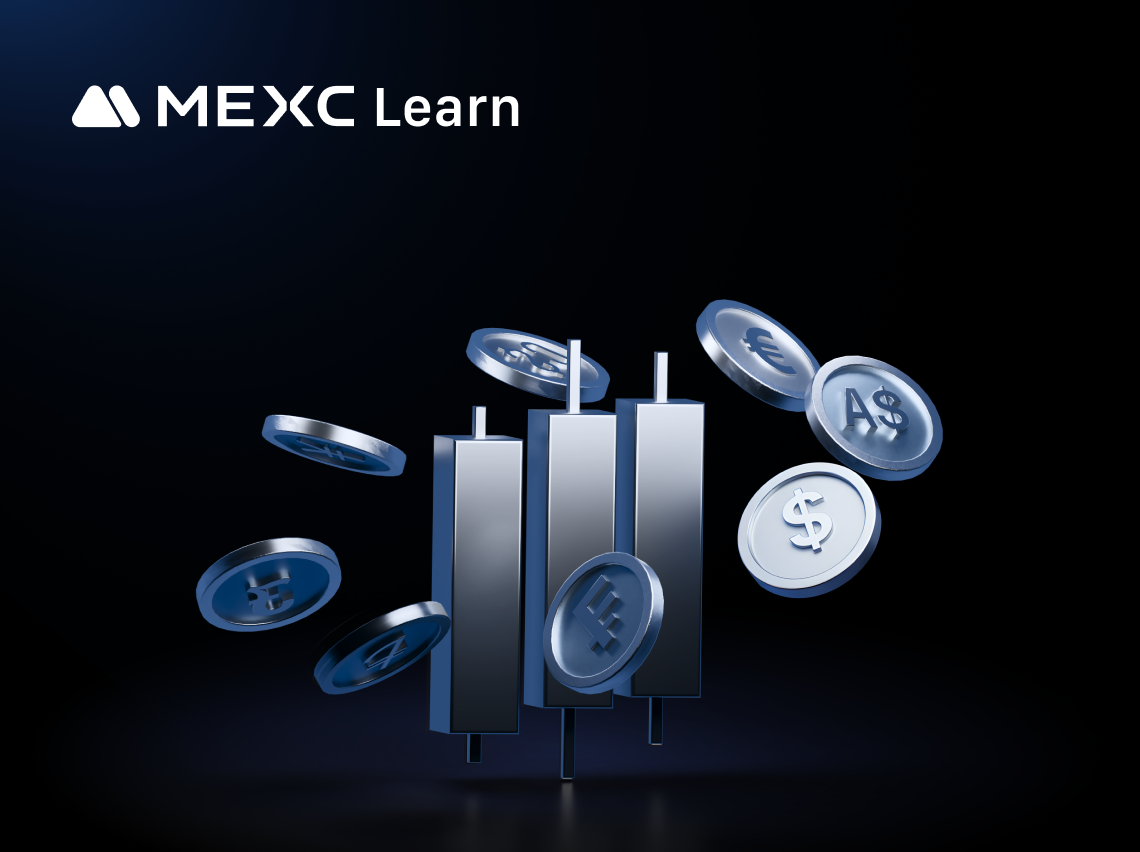
NIGHT Token Price Prediction and 2025-2030 Investment Outlook: Deep Dive into Midnight Market Performance
Key Takeaways NIGHT token launched on December 9, 2025, with price plummeting from $0.105 to $0.0232 on day one, down 77.92%Current crypto price approximately $0.0232, market cap $385 million, ranked
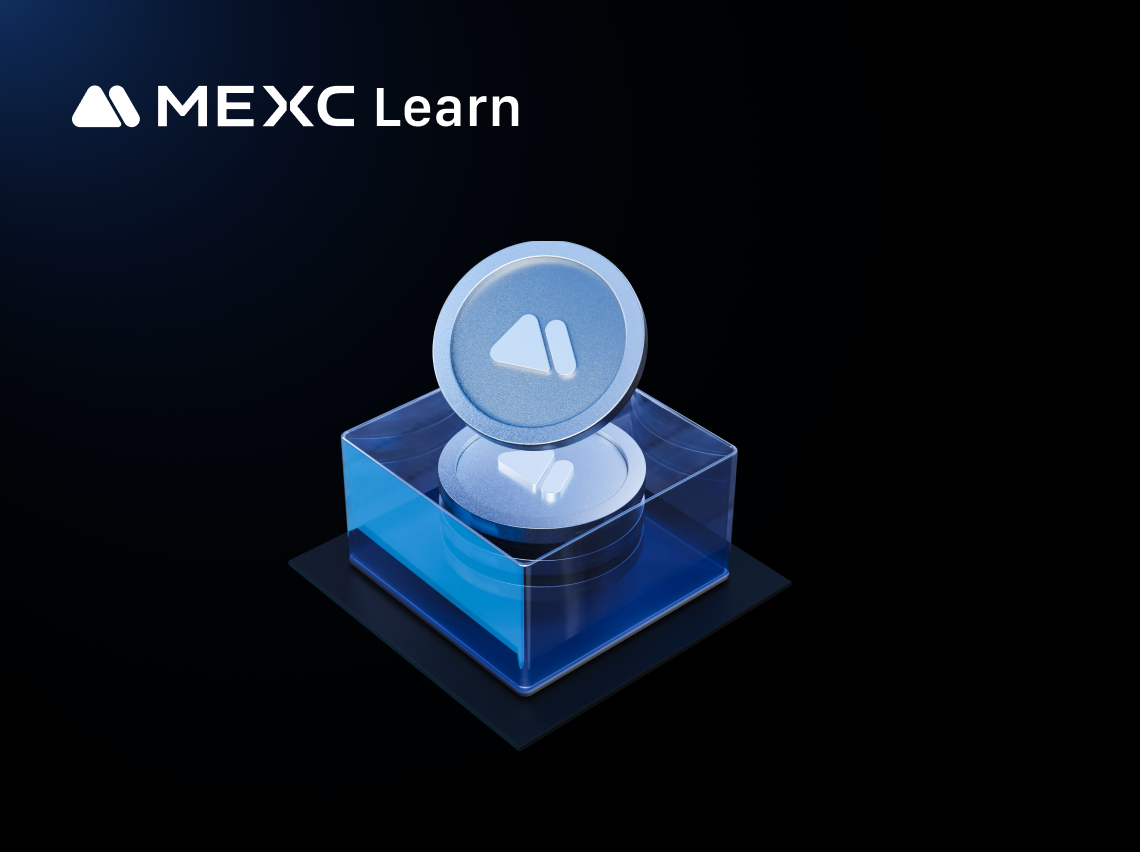
Midnight (NIGHT) In-Depth Analysis: The Privacy Revolution in Cardano Ecosystem
Key Takeaways • Midnight (NIGHT) is a fourth-generation blockchain project led by Cardano founder Charles Hoskinson, focusing on privacy protection technology• Utilizes zero-knowledge proof (zk-SNARKs
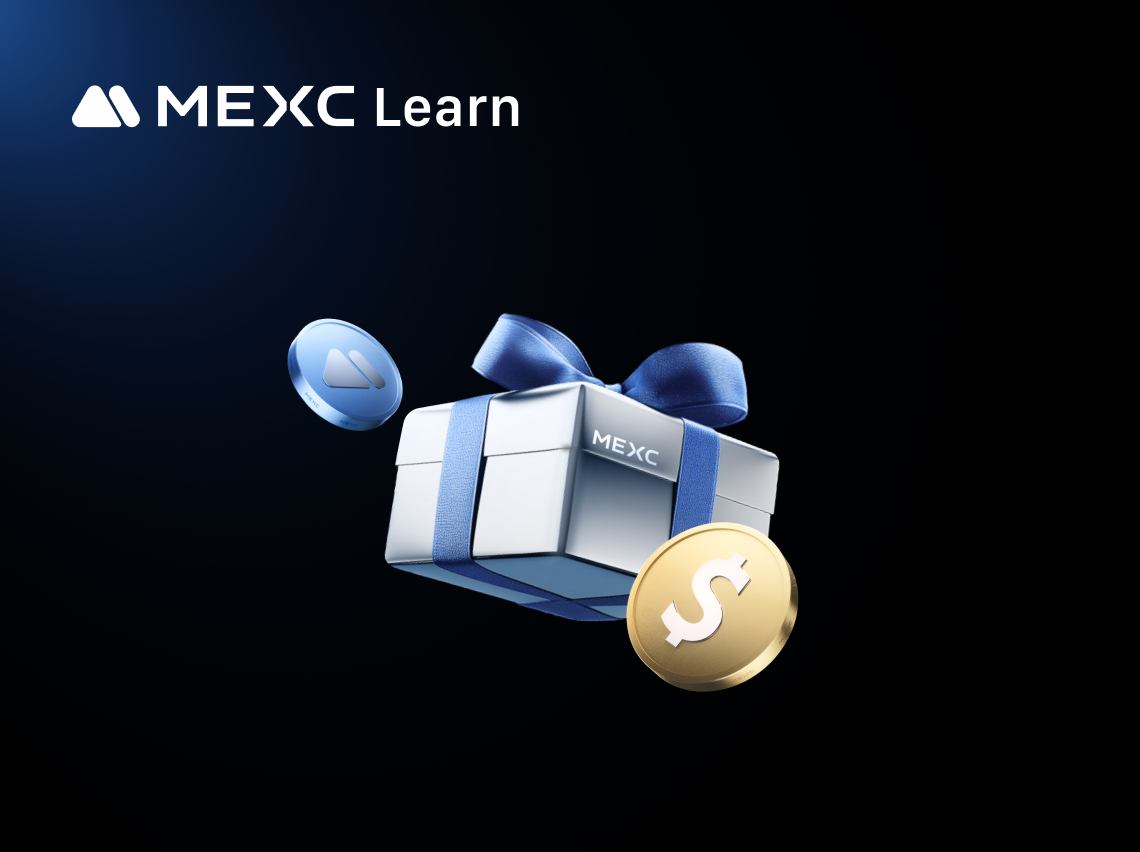
Bitcoin Price Alert: Current Rally May Crash to $74K | 2026 Selling Strategy Guide
Key Takeaways Short-term Rally: Bitcoin price rebounded from below $90K to above $94K recently Bearish Signals: Technical analysis shows clear bear flag formation and WXY correction pattern Critical L
Trending News
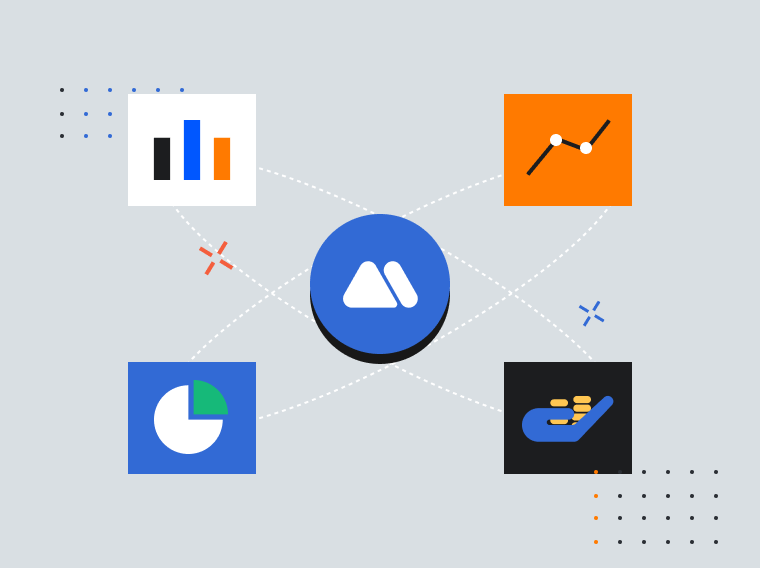
Spot Ethereum ETFs Surge: $56.5M Inflows Signal Powerful Institutional Momentum
BitcoinWorld Spot Ethereum ETFs Surge: $56.5M Inflows Signal Powerful Institutional Momentum The U.S. cryptocurrency market just received another powerful vote of confidence. For the third consecutive

Unveiling QVAC Health, Your Ultimate Privacy-Focused Health App
The post Unveiling QVAC Health, Your Ultimate Privacy-Focused Health App appeared on BitcoinEthereumNews.com. Tether’s Bold Move: Unveiling QVAC Health, Your Ultimate Privacy-Focused Health App Skip t

Crypto whale loses $6M to sneaky phishing scheme targeting staked Ethereum
The post Crypto whale loses $6M to sneaky phishing scheme targeting staked Ethereum appeared on BitcoinEthereumNews.com. A crypto whale lost more than $6 million in staked Ethereum (stETH) and Aave-wr

Stripe Hires Valora Team for Crypto Push as App Returns to Celo’s cLabs
The post Stripe Hires Valora Team for Crypto Push as App Returns to Celo’s cLabs appeared on BitcoinEthereumNews.com. Stripe has acquired the team behind the Valora crypto wallet to bolster its blockc
Related Articles

What is MEXC DEX+? Complete Trading Guide for DEX Aggregator
Key Takeaways:MEXC DEX+ combines centralized exchange convenience with decentralized trading access across four major blockchain networks.Trade over 10,000 tokens without managing private keys or

Calculation of Futures Yield and Trading Fees
When trading futures on MEXC or other major exchanges, your trading PNL is based on three components:Trading Fees: The cost incurred during the transaction.Funding Fees: Periodic settlements based on

How to Manage Sub-Accounts
1. What is a Sub-AccountUnder your MEXC account, you can set up multiple sub-accounts to assist you in your daily trading activities. For example, you can use one sub-account for spot trading and anot

MEXC New Listing Calendar: How to Check Token Listing Status & Upcoming Listings
Key TakeawaysMEXC new token listing announcements appear on the official calendar at mexc.com/newlisting with countdown timers and trading pair details.MEXC token listing requirements vary by zone, wi

